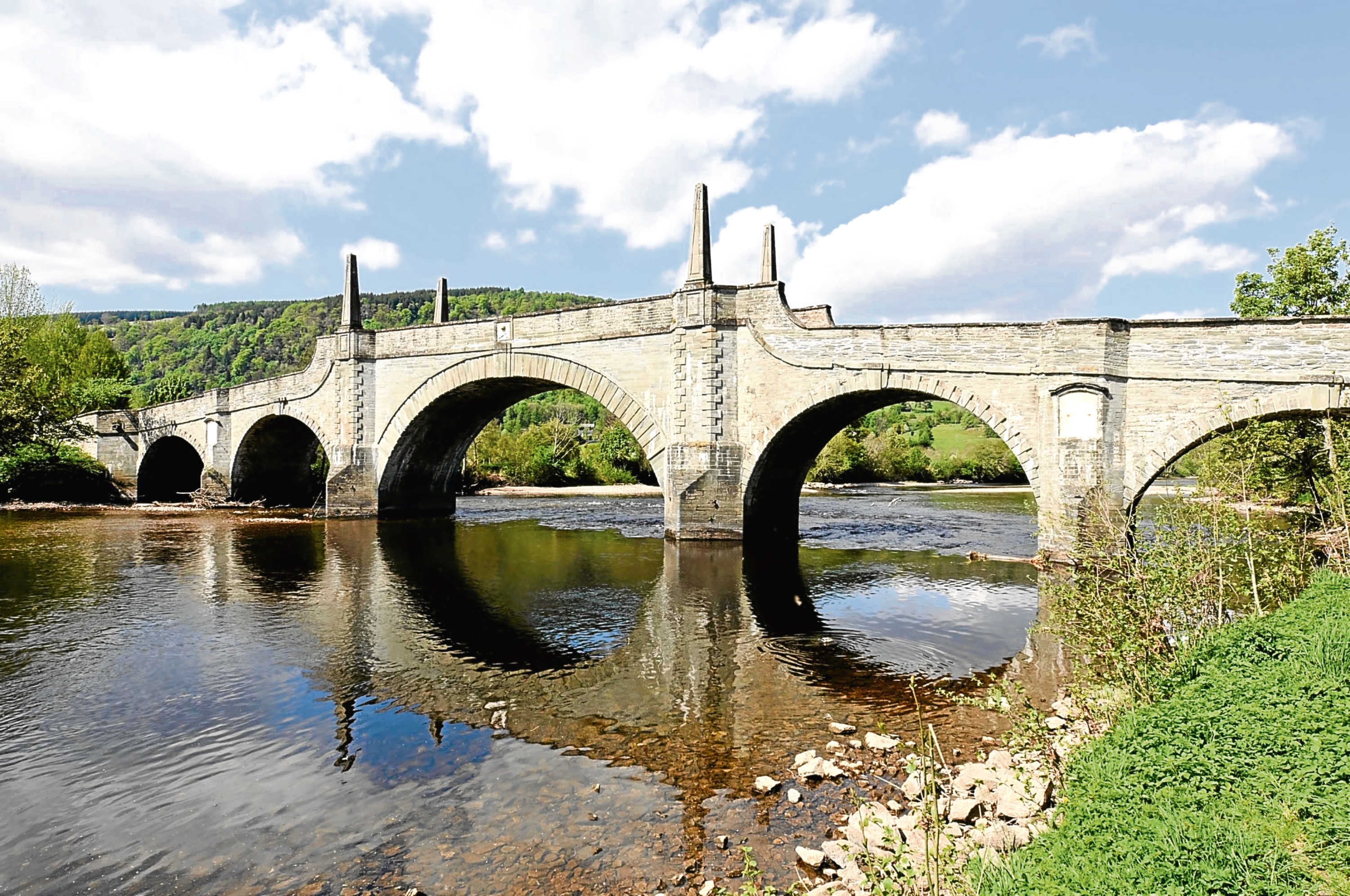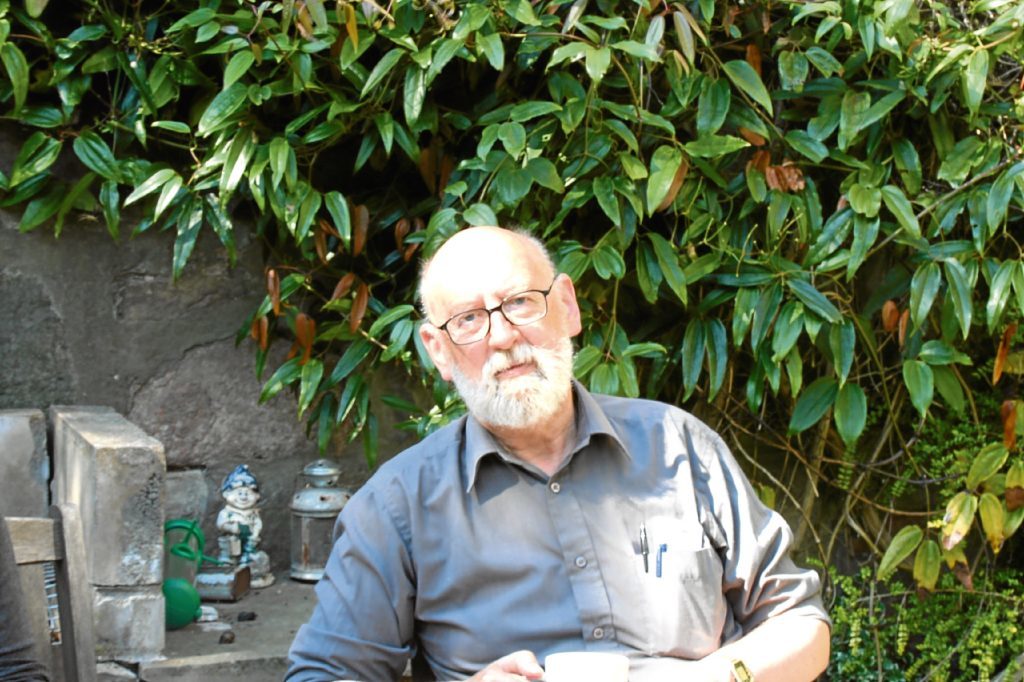
JAMES MILLAR is a historian and expert on travel and transport in the Highlands. His new book, The Finest Road in the World, is published this month. James told Tracey Bryce the Honest Truth about Highland transport.
What was infrastructure like in the Highlands and Islands in the early days?
There was an extensive network of roads and paths but these were little more than tracks, easy enough in the summer but often deep in mud, ice or snow in winter.
A few bridges and ferries existed but folk often had to wade rivers.
How did people get around?
On foot, if they could not afford a horse, and with a lot of endurance. Eight days was normal for an overland trip between Caithness and Edinburgh.
When did things start to evolve?
A major improvement came in the early 1700s when General George Wade and his successors were charged with building roads that could take wheeled transport.
This was to allow troops to move around easily, but it was also beneficial for commerce.
Also, the forerunners of today’s councils had the power to call on local people to labour six days a year in keeping roads in order which helped build up a network.
What were the new ways of travel?
Carriages and coaches became more common. Also travel on water, both on the sea and on inland waterways, improved.
In 1803 the government set up two commissions that had a dramatic effect on transport.
One was charged with making new roads and bridges and the other with construction of the Caledonian Canal through the Great Glen. Engineer Thomas Telford was in charge of both.
In 20 years the Commission laid down over 800 miles of new road, creating the network that is still to a large degree in use today.
It enabled the first stagecoach services to run in the Highlands.
And then came steam power, first in ships and then railway locomotives.
What have been the most significant changes to transport in the region?
In the 20th Century, there were some dramatic changes – the emergence of the car, bus, lorry and aeroplane.
The car threatened the future of rail services. In the early 1960s it was touch-and-go whether there would be any railways north of Inverness. A campaign led the government to think again, and then the discovery of oil in the North Sea secured the railway’s future.
The oil industry also led to the upgrading of the A9, the bridging of the three firths north of Inverness and dramatic reductions in road journey time.
What about air travel?
The first civil air services in the country were actually developed in the Highlands. The first flight was on April 18, 1933, when an aircraft of Midland and Scottish Air Ferries carried newspapers from Glasgow to Campbeltown.
Four or so weeks later, Highland Airways inaugurated a service between Inverness and Orkney.
How is travel in the Highlands and Islands now?
There’s still room for improvement. The A9 between Perth and Inverness is being made a dual carriageway, but north of Inverness long stretches have remained unchanged for decades.
And the A96 between Inverness and Aberdeen, and the A82 through the Great Glen, are also roads where improvements are greatly needed due to tremendous increase in traffic on them all over recent years.
Flights, ferries, rail and bus services have seen improvement, too, and, in general, it’s much easier to get about the Highlands and Islands now than ever before.
Any tips for Highland travellers?
When I get stuck in a traffic jam, or something breaks down, I console myself by recalling Lord Lovat who took 12 days to drive a coach from Inverness to Edinburgh in 1740 and broke an axle three times en route. That needed patience.

Enjoy the convenience of having The Sunday Post delivered as a digital ePaper straight to your smartphone, tablet or computer.
Subscribe for only £5.49 a month and enjoy all the benefits of the printed paper as a digital replica.
Subscribe